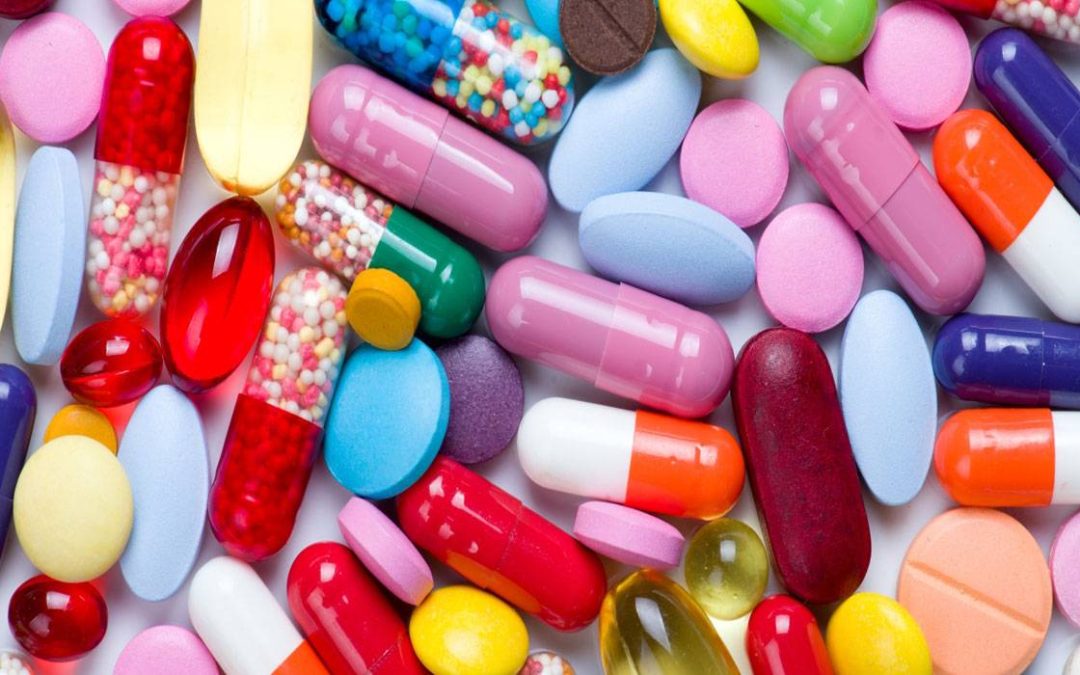Just as legends tell of how werewolves and vampires can be vanquished by their mythical weaknesses, silver is also a weakness for bacteria. Silver possesses a magical power against bacteria. The precious metal has been used to combat infections for thousands of years, with the first description of its antimicrobial properties by Hippocrates in 400 BC. However, until recently, the mechanism behind this magical power was unclear. A team of scientists led by James Collins, a biomedical engineer at Boston University, has uncovered the secret behind silver’s magical power. Silver attacks bacterial cells in two ways: it makes the cell membrane more permeable and disrupts the cell’s metabolic processes, leading to the production of reactive and toxic substances. By employing these mechanisms, silver can enhance the efficacy of current antibiotics against resistant bacteria, providing a solution to the modern problem of antibiotic resistance.
Bacterial Resistance Threatens Antibiotic Efficacy
Silver has been used for centuries to combat microorganisms such as bacteria, fungi, and viruses. For example, in the 19th century, ancient people used silver coins to preserve milk and combat any microorganisms that contaminated food. Thanks to technological advancements and the emergence of nanotechnology, silver has once again found its way into our daily lives, this time as more effective nanoparticles. These nanoparticles can be easily applied in various situations and are more economically viable. The antimicrobial effects of silver are undeniable, as it was extensively explored before the advent of antibiotics.
However, experts indicate that the unregulated increase in antibiotic use contributes to increased bacterial resistance. Antibiotic resistance is now one of the greatest global health threats, as many types of bacterial infections, such as pneumonia, tuberculosis, and gonorrhea, are becoming increasingly difficult to treat, with the antibiotics used becoming less effective. For instance, the recent emergence of the fungus Candida auris has raised global concern due to its extreme resistance to antibiotics.
Nanoparticles of Silver: The Hidden Secret to Enhancing Antibiotic Effectiveness
Imagine bacteria as a fortified castle with thick doors (the outer membrane), and silver nanoparticles as the key that makes these doors easier to open, allowing antibiotics to enter and destroy the bacteria inside. In a world facing increasing challenges from antibiotic-resistant bacteria, scientists are constantly searching for new and effective ways to enhance the efficacy of current medications. Among these remarkable discoveries, silver emerges as an unexpected yet strikingly effective player in this battle. Could silver nanoparticles be the magical element we need to combat resistant bacteria?
In the face of growing bacterial resistance to antibiotics, scientists are looking for new solutions to restore the effectiveness of therapeutic drugs. Amid these challenges, silver appears as an unexpectedly effective ally. Could this precious metal be the magical solution we’ve been searching for to enhance antibiotic effectiveness? Indeed, silver is not just a precious metal but a powerful ally in the battle for health and purity.
Recent studies led by scientist James Collins have shown that adding calculated amounts of silver nanoparticles to traditional antibiotics can significantly increase their effectiveness. Silver nanoparticles work by increasing the permeability of the bacterial cell membrane, allowing larger quantities of antibiotics to enter the cell. This increased drug influx can overcome bacterial resistance mechanisms that rely on expelling the drug from the cell. Additionally, this disruption of the cell membrane has increased the effectiveness of vancomycin (a large-molecule antibiotic) against gram-negative bacteria that previously resisted it due to their protective outer layer. Consequently, gram-negative bacteria become more susceptible to vancomycin after being enhanced by silver, opening new avenues for treating antibiotic-resistant infections. While silver is not a silver bullet that will completely solve the issue of bacterial resistance, it represents a practical and effective solution. Thanks to ongoing research, silver nanoparticles could be the hidden ally that boosts the power of antibiotics and restores hope in the ongoing battle against resistant bacteria. With these innovative discoveries, we are one step closer to a safer and healthier future.
Sources



